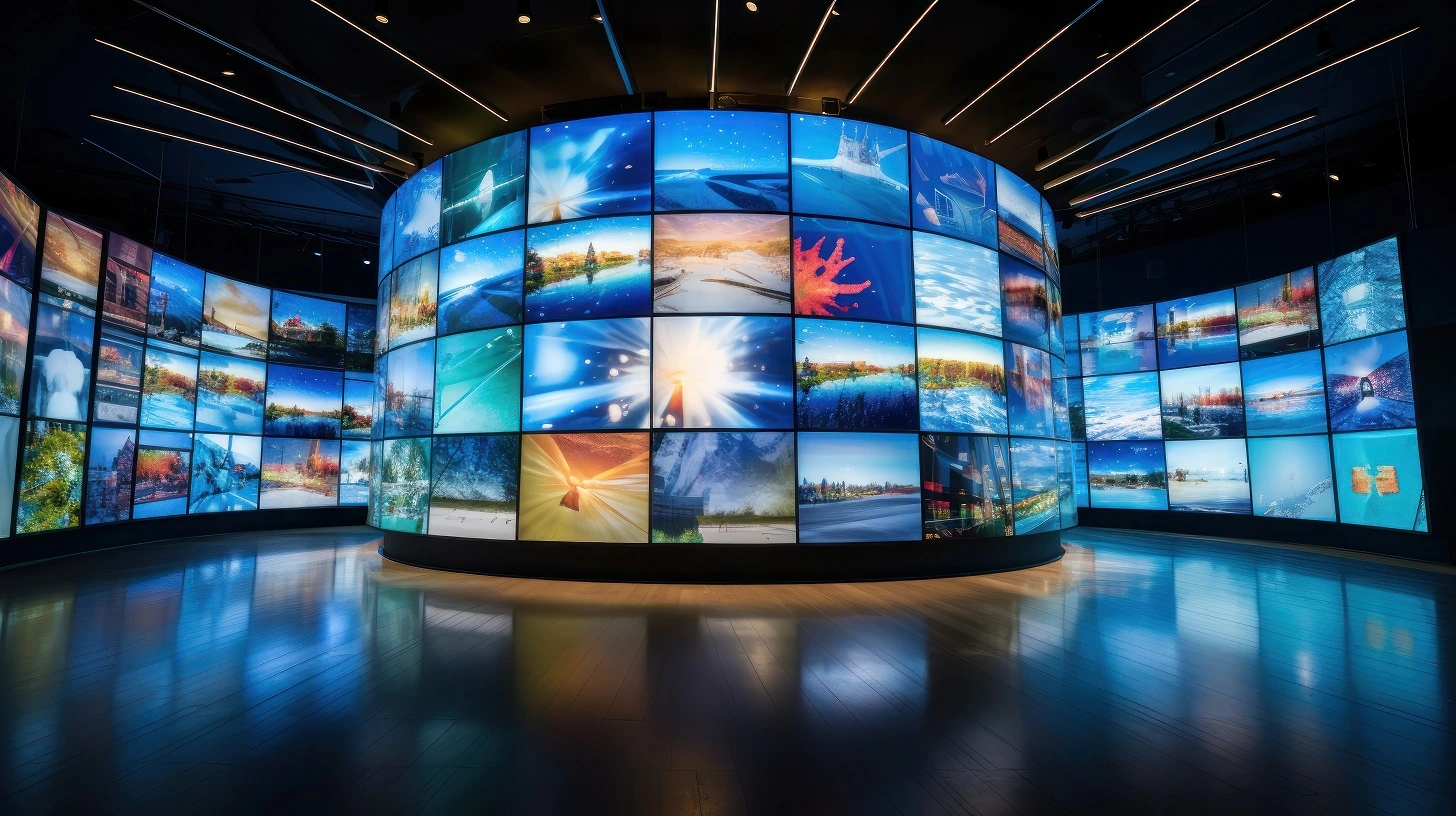Investigating the Durability of LED Display Screens in Contrast to Traditional Screen Methods
Investigating the Durability of LED Display Screens in Contrast to Traditional Screen Methods
Blog Article
LED panel panels have grown progressively favored in recent years, especially in environments like schools, businesses, and public areas. These screens use light-emitting diodes (LEDs) to create vivid and lively images. One of the most significant benefits of LED technology is its longevity compared to traditional screen methods, such as cathode ray tubes (CRTs) and LCD display screens. Grasping the differences in duration and functionality between these technologies can help buyers make knowledgeable decisions about their screen needs.
Classic display technologies, like CRTs, have been present for many years. They were frequently used in televisions and PC screens. However, CRTs have a shorter lifespan, generally lasting around 10,000 to 20,000 hrs of use. This means that after a couple of years, users may notice a deterioration in picture clarity, such as dimming or hue deformation. In contrast, LED panel panels can last considerably longer, often exceeding 50,000 hours. This extended duration means that users can experience consistent performance without the need for frequent replacements.
Another crucial factor to consider is power efficiency. LED wall panels utilize less energy than conventional displays, which not only benefits the ecosystem but also reduces electricity costs. For example, while a CRT screen may use approximately 100 W of power, an LED screen can consume as little as 30 to 50 watts. This discrepancy in power consumption contributes to the total durability of LED technology, as lower power usage generates less heat. Excess thermal energy can harm electrical components, resulting to a reduced duration for traditional displays.
In furthermore to their extended lifespan and energy conservation, LED panel panels also offer enhanced image clarity. They offer brighter colors and improved differentiation, making them ideal for various uses, from marketing to educational displays. The technology behind LED panels allows for a wider viewing perspective, meaning that images remain sharp and lively even when seen from the side. This is a significant benefit over traditional screens, which frequently experience from color distortion and reduced luminosity at broader perspectives.
In conclusion, the longevity of LED wall screens in contrast to traditional screen technologies is a crucial aspect for buyers to take into account. With lifespans that can exceed 50,000 hours, energy led wall rental for business meetings conservation, and enhanced visual quality, LED technology offers many benefits. As innovation continues to progress, LED panel screens are likely to become even more prevalent in various environments. Grasping these distinctions can help individuals and organizations make better decisions when investing in screen technology, ensuring they receive the best value for their requirements.